In the modern era of data-driven decision-making, the importance of effectively utilizing big data cannot be overstated. Big data encompasses a massive volume of structured and unstructured information sourced from diverse channels like social media, sensors, and online platforms.
By delving into the analysis and interpretation of this data, organizations can unlock invaluable insights that inform strategic decision-making. Join us on this journey as we navigate the intricate world of big data and its transformative impact on businesses and industries.
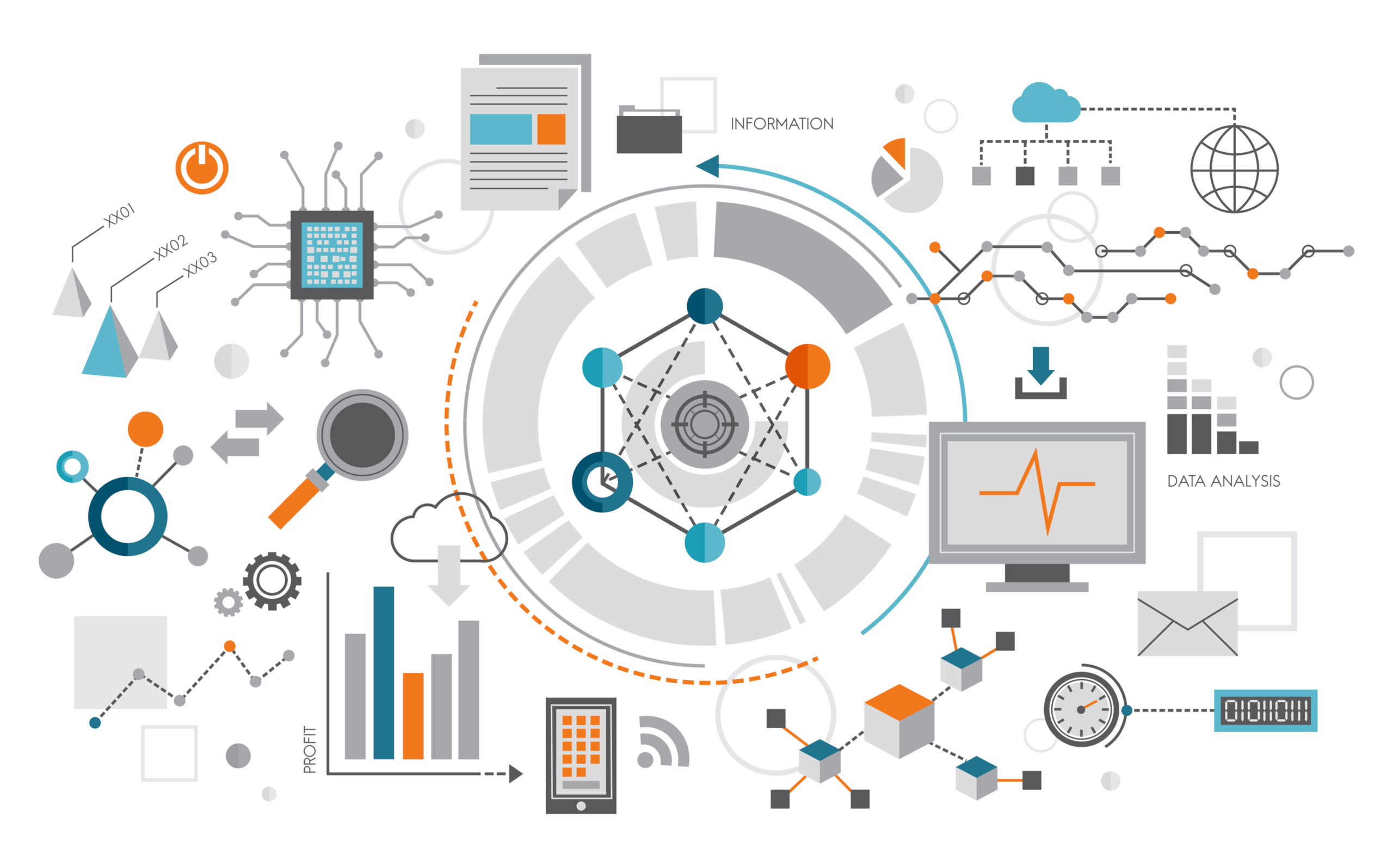
We will also delve into the importance of data governance, quality, and privacy while discussing the technologies’ best data analytics software and methodologies that enable effective data analysis and interpretation.
What is Big Data?
Big data refers to large and complex sets of data that are too massive and diverse to handle with traditional tools. It involves high volumes, high velocity, and a variety of data types. Big data is generated from sources like social media and sensors, requiring real-time processing. It offers organizations insights and opportunities for decision-making. Technologies like Hadoop, Spark, and machine learning are used to manage and analyze big data.
Applications of Big Data
Big data has extensive applications across diverse sectors. Let’s explore some of its key applications:
Business Sector
Big data has become a game-changer in the business world. By analyzing customer behavior, companies can gain valuable insights and improve their products and services to meet customer needs. Moreover, big data helps businesses stay on top of market trends and identify operational inefficiencies, leading to cost savings and process improvements. Most importantly, harnessing the power of big data fuels innovation, giving businesses a competitive advantage.

Government Agencies
Government agencies leverage the power of big data for a wide range of purposes, including urban planning, healthcare optimization, transportation, and public safety. By delving into data analysis, informed decisions can be made concerning infrastructure development, resource allocation, and sustainable urban planning.
In the realm of healthcare, big data analysis optimizes patient care, identifies disease patterns, and enhances public health interventions. Transportation optimization utilizes data analysis to improve traffic management, alleviate congestion, and enhance transportation systems. Lastly, big data proves invaluable in predicting and mitigating emergencies, bolstering public safety, and fortifying disaster response capabilities.

Financial Institutions
Big data analytics has transformed the finance sector, equipping organizations with powerful tools for fraud detection, risk assessment, customer segmentation, and investment analysis. By analyzing vast amounts of financial data, organizations can proactively detect and prevent fraudulent activities, safeguarding against financial crimes.
Leveraging big data, risk assessment models evaluate creditworthiness, analyze market trends, and facilitate informed investment decisions. Customer segmentation enables personalized financial services, customizing offerings to meet individual needs and preferences.

Social Media and Internet Companies
Social media and internet companies heavily depend on big data for personalized user experiences, user behavior analysis, targeted advertisements, and service performance enhancement. Through the utilization of user data, these companies offer personalized recommendations, relevant content, and precisely targeted advertisements.
Big data analysis uncovers valuable insights into user behavior patterns and trends, enabling companies to refine and enhance their products and services. Moreover, the analysis of service performance data facilitates continuous improvement and optimization efforts.

Other Sectors
In addition to the sectors mentioned, big data finds extensive applications in various industries such as healthcare, academic and research institutions, transportation and logistics, e-commerce and retail, as well as marketing and advertising. In healthcare, big data analysis plays a pivotal role in optimizing patient care, developing personalized treatments, and driving advancements in medical research.
Academic and research institutions leverage big data to uncover data-driven discoveries and gain valuable insights. Transportation and logistics benefit from big data analytics by optimizing supply chain management, refining delivery routes, and reducing costs.

E-commerce and retail companies utilize big data to enhance customer experiences, optimize inventory management, and personalize marketing campaigns. Marketing and advertising agencies rely on big data to identify consumer trends, target specific audiences, and measure the effectiveness of their campaigns.
Data Analytics
Many companies accumulate vast amounts of data regularly. However, in its raw state, this data lacks meaningful interpretation. This is where data analytics becomes invaluable. Data analytics involves the systematic analysis of raw data to extract actionable insights that inform intelligent business decisions.
Think of data analytics as a tool for business intelligence, specifically designed to address organizational challenges and solve problems. It revolves around identifying patterns within datasets that offer useful and relevant insights about specific aspects of the business. For instance, it can reveal how certain customer segments behave or how employees interact with particular tools.
Data analytics allows you to make sense of historical data and predict future trends and behaviors. Rather than relying on guesswork, you can make informed decisions based on the information provided by the data. This enables you to shape your strategies and actions according to what the data reveals.
Steps to Big Data Analytics
To effectively harness big data, organizations must follow a series of crucial steps:
Data Collection
The first step in the process is data collection. This involves gathering data from various data sources such as sensors, online platforms, and surveys. Organizations must ensure that the collected data is relevant, accurate, and comprehensive to yield meaningful insights.
Data Storage and Management
Once data is collected, it needs to be stored and managed efficiently. This involves choosing appropriate storage systems, such as data warehouses or cloud-based solutions, and implementing robust data management practices. Proper data storage and management ensure data integrity, accessibility, and scalability.

Data Integration and Processing
After data storage, integration, and processing come into play. This step involves combining data from different sources and transforming it into a usable format. Data integration enables organizations to analyze data holistically and gain a comprehensive view of their operations.
Data Analysis and Mining
Data analysis and data mining, are essential for extracting meaningful insights from the collected data. Through advanced analytical techniques, organizations can identify patterns, trends, and correlations. This helps in making informed decisions and developing data-driven strategies.
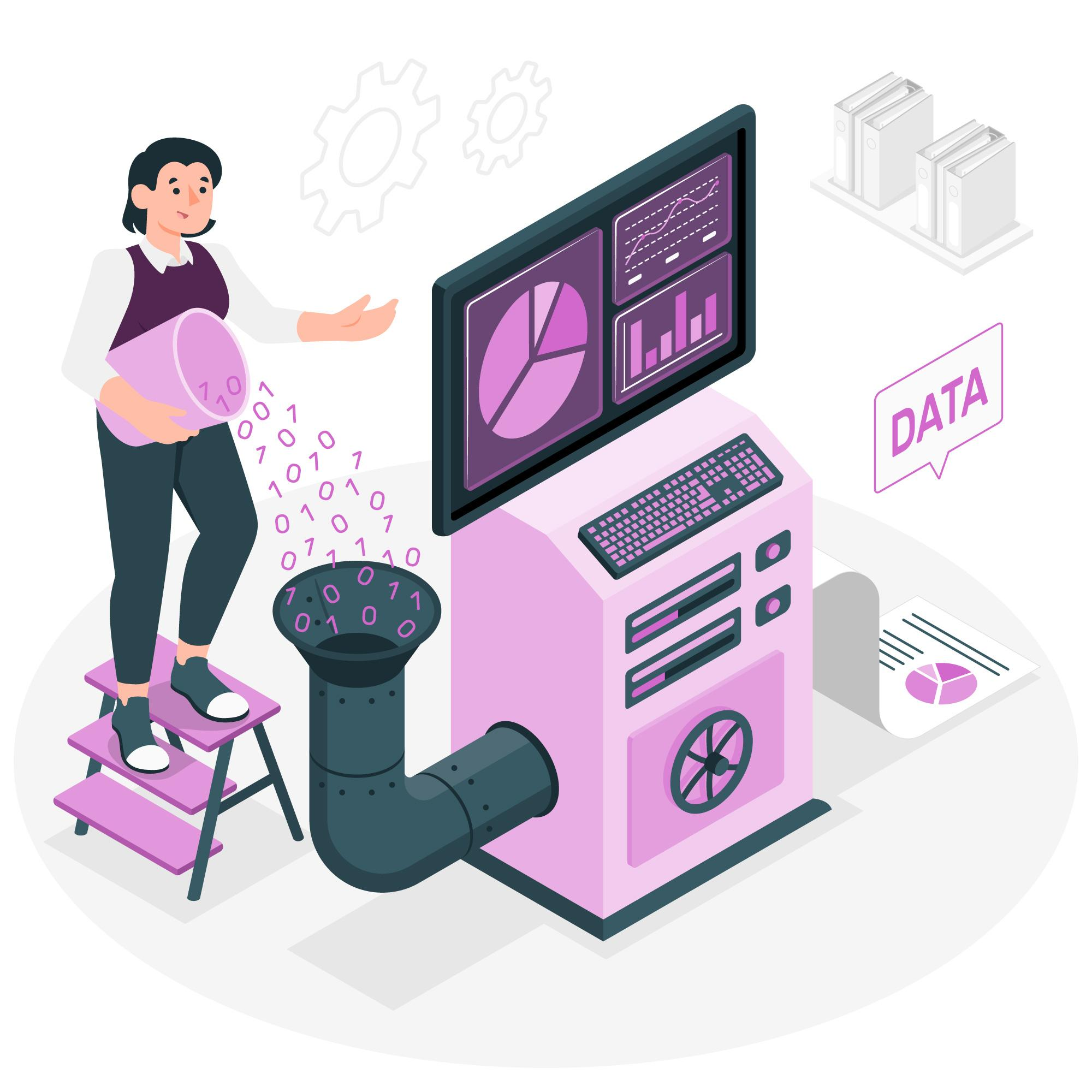
Insights and Decision-Making
The ultimate goal of harnessing big data is to derive valuable insights that drive decision-making processes. By analyzing the collected data, organizations can gain a deep understanding of their operations, customers, and markets. This empowers them to make strategic decisions, optimize processes, and seize new opportunities.
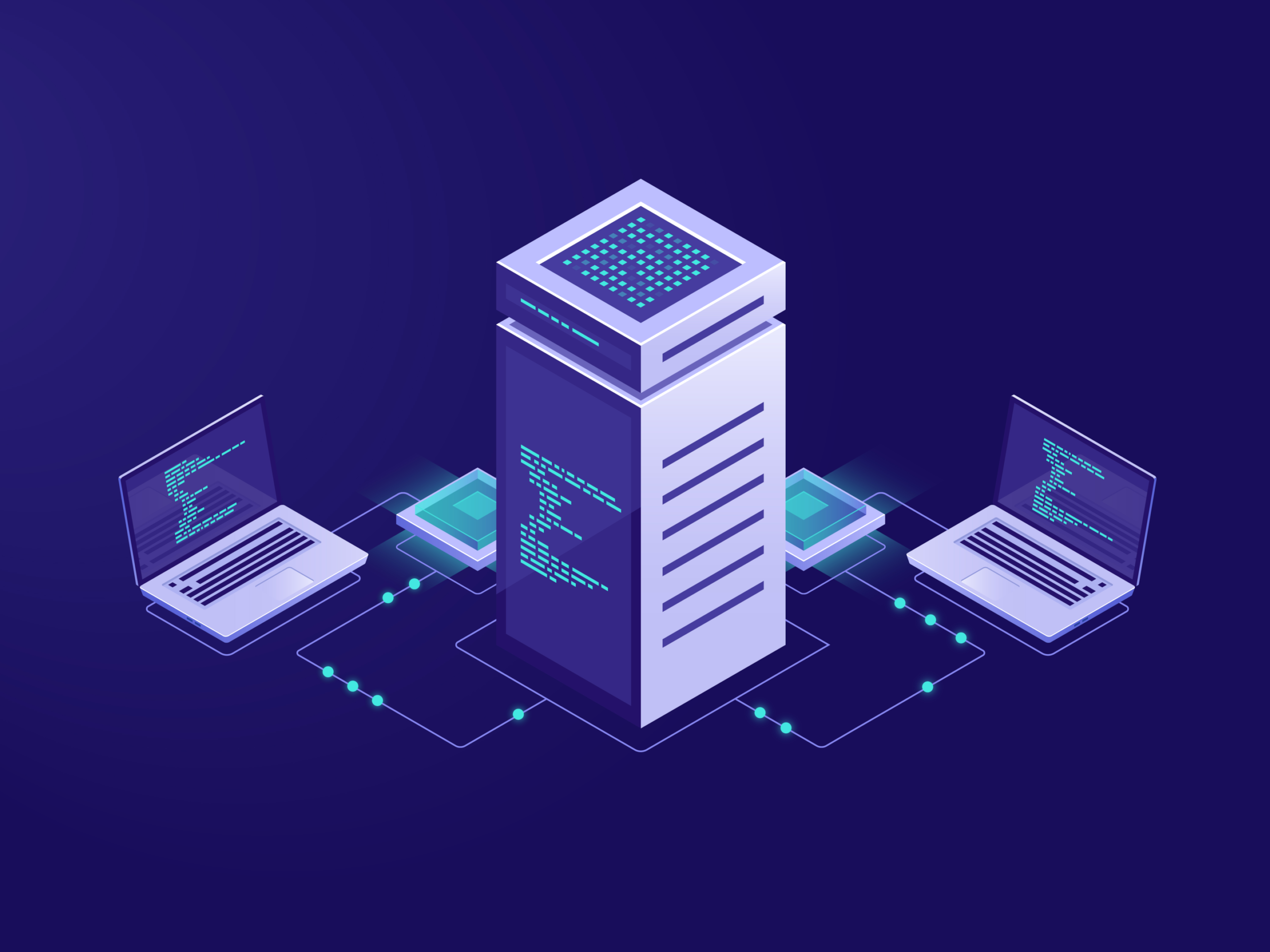
Importance of Training and Hands-on Experience for Exam Preparation
To excel in the field of big data analytics, professionals need to acquire the necessary skills and knowledge. Training programs and hands-on experience play a crucial role in building expertise for data analysts. They provide individuals with the practical understanding of tools, technologies, and methodologies required to harness big data effectively.
Overview of AWS Big Data Certification Training Resources and Projects
The AWS Big Data Certification offers professionals a recognized validation of their expertise in AWS big data solutions. To prepare for the certification exam, candidates can access various training resources, including online courses, practice exams, and hands-on projects. These resources equip professionals with the necessary knowledge and skills to excel in the certification exam and their careers.

Description of Hands-on Projects for Practical Experience in AWS Big Data Solutions
Hands-on projects are an essential component of AWS Big Data Certification training. They provide professionals with practical experience in working with AWS big data solutions. Through these projects, candidates can apply their knowledge to real-world scenarios, gaining valuable insights into data processing, analysis, and interpretation using AWS tools and services.

Benefits of Big Data Analytics
Harnessing big data offers numerous benefits to organizations. Let’s explore some of the key advantages:
Valuable Insights Generation
By effectively analyzing big data, organizations can generate valuable insights that were previously inaccessible. These insights help in understanding customer behavior, market trends, and operational inefficiencies. With data-driven insights, organizations can make informed decisions, optimize processes, and drive growth.

Personalization and Improved Customer Experiences
Big data enables organizations to personalize customer experiences. By analyzing customer data, organizations can understand individual preferences, tailor offerings, and provide personalized recommendations. This leads to enhanced customer satisfaction, loyalty, and improved overall experiences.

Operational Efficiency Optimization
Big data analytics helps identify operational inefficiencies and bottlenecks. By analyzing operational data, organizations can optimize processes, reduce costs, and enhance productivity. This leads to improved efficiency, streamlined operations, and increased profitability.
Innovation and Identification of New Opportunities
Harnessing big data fosters innovation and facilitates the identification of new opportunities. By analyzing market trends, consumer behavior, and emerging patterns, organizations can develop innovative products and services. Big data enables organizations to stay ahead of the competition and capitalize on new business prospects.

Addressing Societal Challenges
Big data analytics plays a vital role in addressing societal challenges such as healthcare optimization, urban planning, and environmental sustainability. By analyzing healthcare data, organizations can improve patient care, optimize treatments, and advance medical research.
In urban planning, big data helps in developing sustainable cities, optimizing resource allocation, and improving infrastructure. Additionally, big data analysis aids in monitoring and mitigating environmental risks, contributing to a more sustainable future.

Smarter Decision-Making and Strategic Planning
By leveraging big data, organizations can make smarter decisions and develop evidence-based strategies. Data-driven insights provide organizations with a comprehensive understanding of their operations, markets, and customers. This enables them to make informed decisions, mitigate risks, and seize opportunities, leading to better strategic planning and improved outcomes.

Enhanced Competitiveness and Sustainable Competitive Advantage
Harnessing big data provides organizations with a competitive edge in the market. By leveraging data analytics, organizations can gain deeper insights into customer preferences, market trends, and operational efficiencies.
This enables them to develop targeted strategies, optimize processes, and deliver superior products and services. With a data-driven approach, organizations can establish a sustainable competitive advantage and thrive in today’s dynamic business landscape.
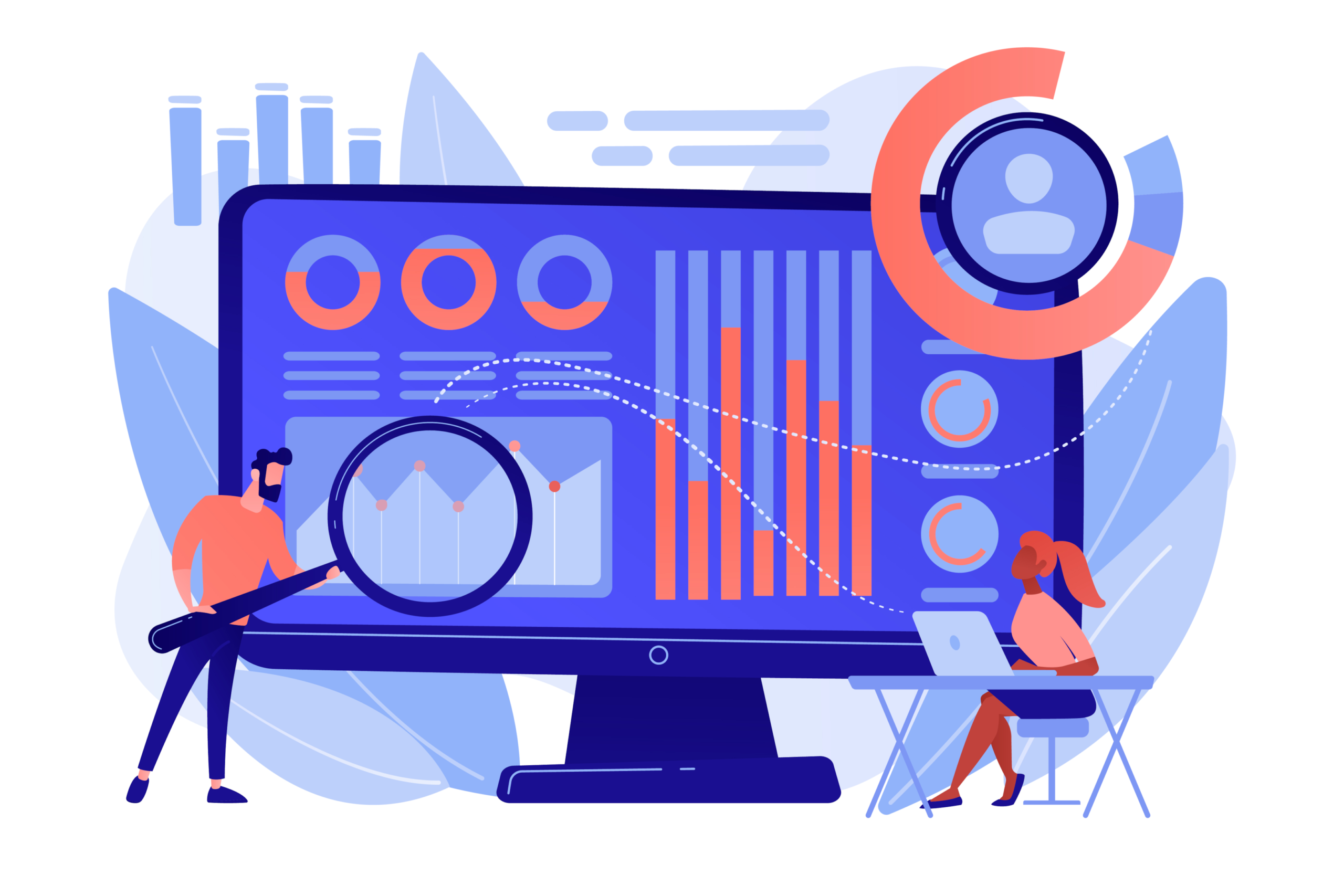
Challenges and Considerations
While big data presents immense opportunities, it also comes with various challenges and considerations. Let’s explore some of them:
Privacy and Data Security
With the abundance of data, privacy and data security become critical concerns. Organizations must adhere to stringent data protection regulations and ensure the security of sensitive information. Implementing robust security measures, encryption protocols, and access controls is crucial to protect data from unauthorized access and potential breaches.
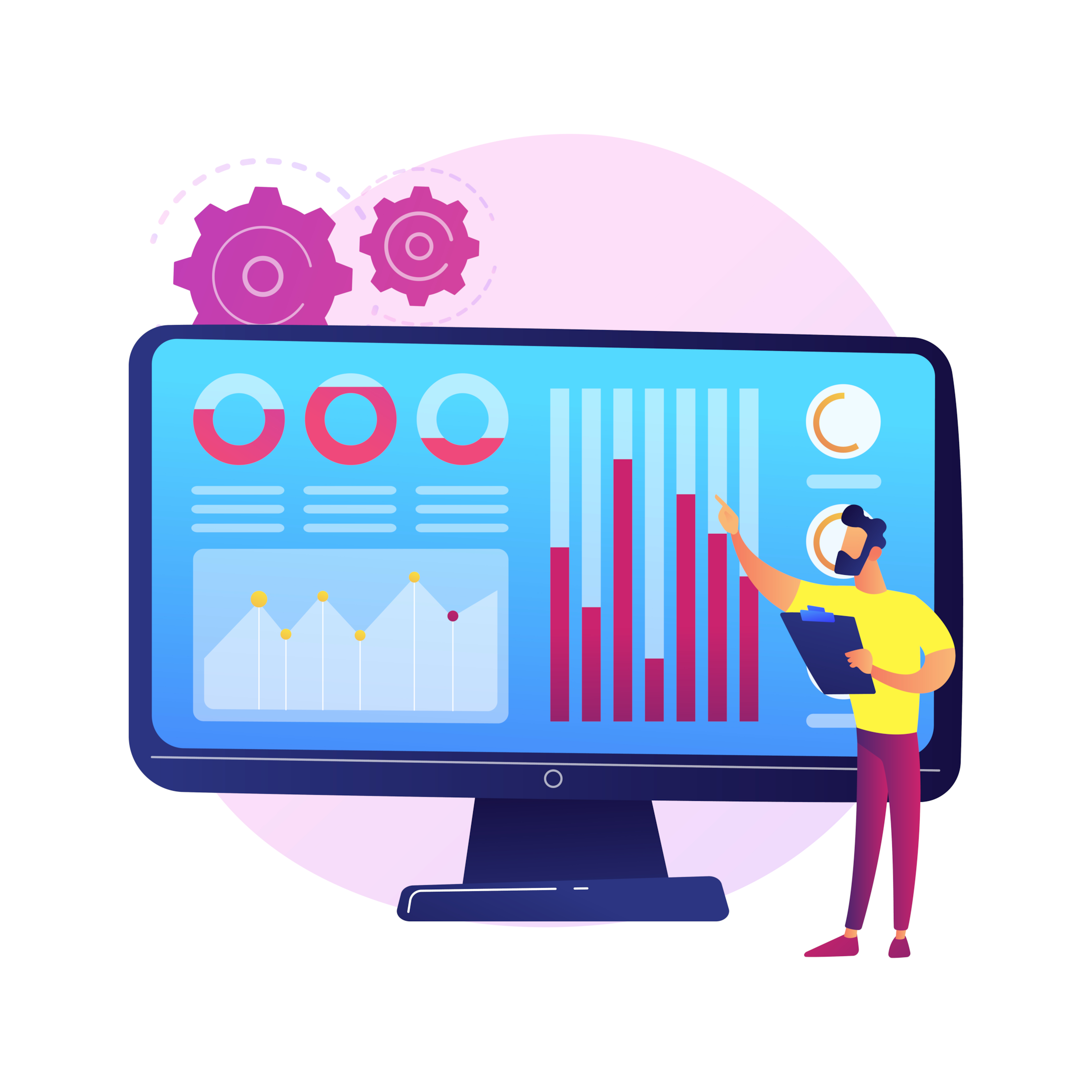
Data Quality and Integration
Ensuring data quality and integration is a significant challenge in big data analytics. Organizations must deal with issues such as data errors, missing values, outliers, redundancy, and unbalanced data. These challenges require robust data cleaning, preprocessing, and integration techniques to ensure accurate and reliable analysis.
Scalability and Infrastructure
The volume and velocity of big data require organizations to have a scalable and robust infrastructure. Managing and processing massive amounts of data requires advanced storage systems, powerful computing resources, and efficient data processing frameworks. Organizations need to invest in scalable infrastructure to handle the demands of big data processing.

Lack of a Strategic and Transformative Roadmap
Without a strategic and transformative roadmap, organizations may struggle to harness the full potential of big data. It is essential to have a clear vision and goals, aligning big data initiatives with overall business objectives. Organizations must develop a roadmap that outlines the steps, resources, and technologies required to effectively leverage big data analytics for sustainable growth and innovation.
Misalignment Among Business Leaders on the Potential of Big Data
Misalignment among business leaders can hinder the successful implementation of big data initiatives. It is crucial for organizations to have leadership support and a shared understanding of the potential value that big data can bring. Collaboration among stakeholders and effective communication are key to overcoming this challenge.

Difficulty in Recruiting the Right Talent and Selecting Outsourcing Partners
The demand for skilled big data professionals often exceeds the available talent pool. Organizations may face challenges in recruiting individuals with the necessary expertise in data analytics, machine learning, and data engineering.
Additionally, selecting the right outsourcing partners for big data projects can be a complex task. Organizations must invest in talent development programs and carefully evaluate potential outsourcing partners to ensure successful outcomes.

Data Analytics and Preparation
Data preparation and analysis are crucial steps in the big data processing journey. Let’s explore the key aspects involved:
Sources of Raw Data
Raw data can come from various sources, including sensors, the internet, and surveys. Sensors generate data through a broad range of measurements and observations, while the internet provides vast amounts of data through web scraping, social media platforms, and online transactions. Surveys collect data through questionnaires, interviews, or feedback forms.

Imperfections in Raw Data
Raw data often contains imperfections that need to be addressed for accurate analysis. Some common imperfections include wrong data, missing data, outliers, redundancy, unbalanced data, lack of variability, dynamic data, and the size of data. Each imperfection requires specific techniques and methods for handling and processing.
Importance of Data Wrangling
Data wrangling, also known as data preprocessing, is a crucial step in preparing data for analysis. It involves cleaning, transforming, and structuring raw data to ensure its quality and compatibility with analytical tools and models. Data wrangling addresses data imperfections and ensures the data is in a usable format for further analysis.

Processes Involved in Data Wrangling
Data wrangling encompasses several processes that prepare the data for analysis. These processes include data importing, analyzing raw data, cleaning to remove errors and inconsistencies, data structuring to organize the data into a suitable format, string processing to handle textual data, HTML parsing to extract relevant information from web pages, handling dates and times, dealing with missing data, and performing text mining to extract insights from text-based data.
Descriptive Data Analysis
Descriptive data analysis involves exploring and summarizing the characteristics of the data. This step helps in understanding the distribution, patterns, and relationships within the data. Data visualization tools and techniques play a crucial role in descriptive analysis, allowing analysts to visually represent data and identify meaningful patterns.

Predictive Data Analysis
Predictive data analysis aims to build models that predict future outcomes or behaviors based on historical data. It involves utilizing machine learning algorithms and statistical techniques to develop predictive models. Supervised learning algorithms predict continuous or discrete variables, while unsupervised learning algorithms focus on clustering data based on similarities.
Prescriptive Data Analysis
Prescriptive data analysis aims to recommend actions or decisions based on the analysis of historical and real-time data. It involves building models that prescribe the best course of action for a given situation. Prescriptive analysis helps organizations optimize processes, allocate resources, and make informed decisions.
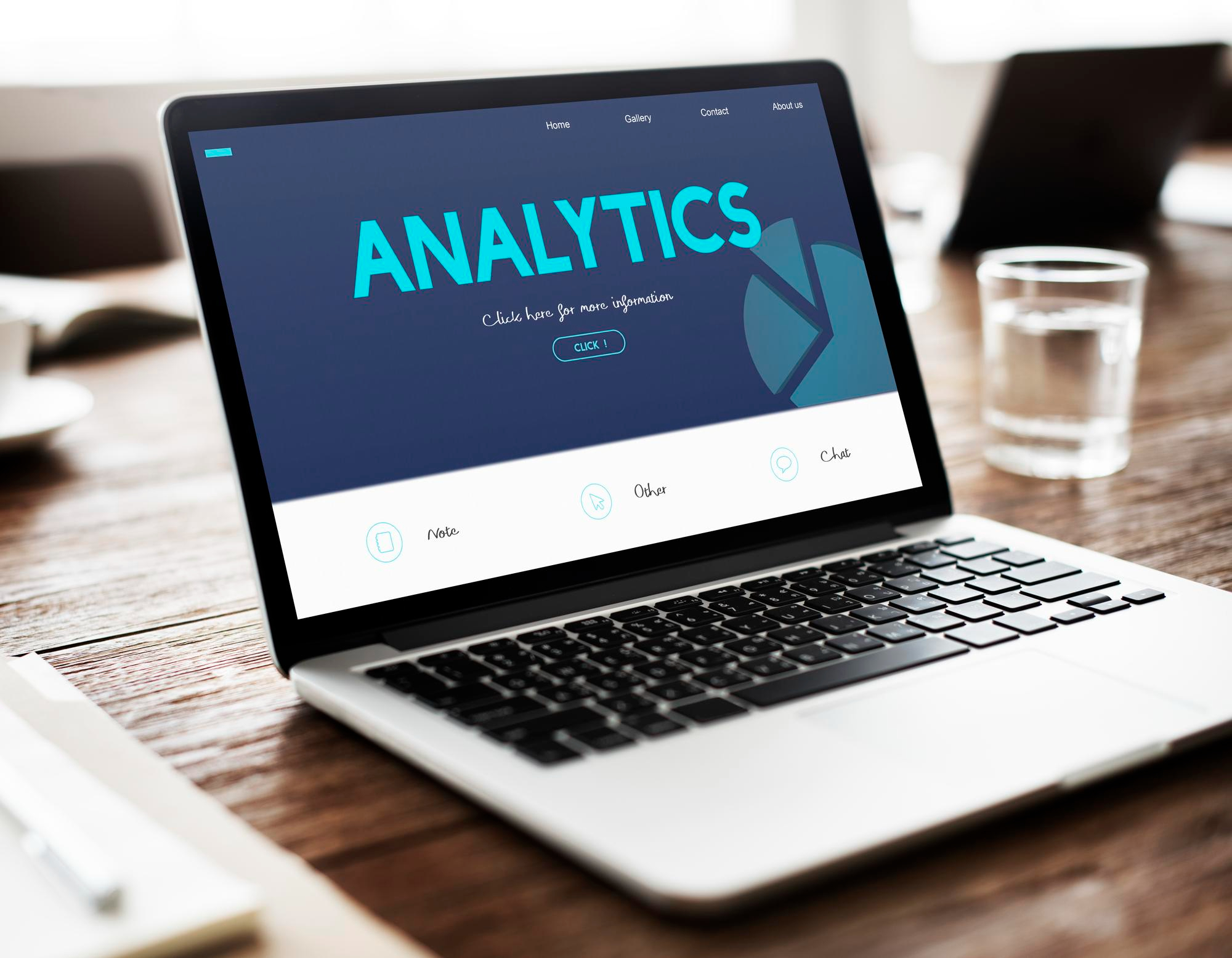
Conclusion
In conclusion, harnessing the power of big data is essential for organizations in today’s data-driven world. The insights and decision-making capabilities derived from big data analysis have the potential to transform businesses, drive innovation, and address societal challenges.
By mastering big data processing and leveraging technologies like AWS big data solutions, professionals can unlock numerous opportunities and gain a competitive edge in their careers. The AWS Big Data Specialty Certification serves as a testament to their expertise, validating their skills in AWS big data analytics.
Embracing the power of data and investing in data science is crucial for organizations seeking sustainable growth and success in the ever-evolving business landscape. So, get ready to embark on your journey to master big data and unlock its vast potential.
FAQs
How do you harness big data?
To harness the power of big data, organizations follow a series of steps. They collect data from diverse sources like sensors, social media, and surveys. Efficient storage and management of the collected data are crucial. Integration and processing make the unstructured data usable. Various data analysis techniques, including descriptive, predictive, and prescriptive analytics, are then employed to extract valuable insights. These insights drive informed decision-making, optimizing processes, personalizing customer experiences, identifying market trends, and fostering innovation.
How do you get insights from big data?
Organizations utilize different techniques to extract insights from big data. Descriptive analytics explores and summarizes data characteristics, often employing data visualization. Predictive analytics builds models using historical data to forecast future outcomes. Prescriptive analytics recommends actions based on analysis of historical and real-time data. These techniques help organizations uncover patterns, trends, and correlations within datasets, providing valuable insights for informed decision-making.



